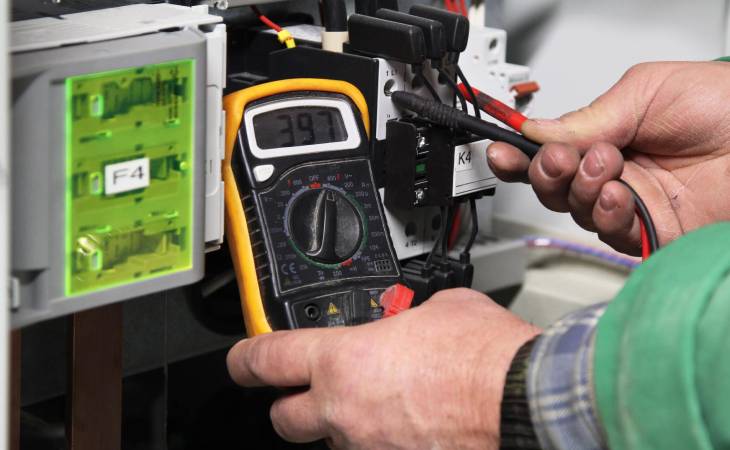Table of Contents
Introduction
The ampere (symbol: A) rules supreme as the SI unit of electric current, measuring the rate at which electrons (or other charged particles) flow past a point in a conductor. Moreover, it tells you how much “electrical essence” is running through something like a wire or a circuit.
Importance of Ampere:
As the unit of electric current, the ampere is essential in understanding and quantifying the flow of electricity in a circuit. It signifies the rate of charge flow, with one ampere equivalent to one coulomb of charge passing through a conductor per second.
Furthermore, this unit is crucial for defining the intensity of current in electrical systems, aiding in the design, analysis, and troubleshooting of circuits. The ampere plays a pivotal role in electrical engineering, influencing the sizing of conductors, setting safety standards, and ensuring the proper effectiveness of various electronic devices.
Its importance lies in providing a standardized measure facilitating the consistency and efficient utilization of electrical energy across diverse applications.
History of Ampere:
The history of the ampere is closely tied to the development of the understanding of electric current and electromagnetism. The unit is named after André-Marie Ampère, a prominent French physicist and mathematician. Here’s a brief history:
- Early Concepts (18th Century): The study of electricity began in the 18th century with experiments conducted by scientists like Benjamin Franklin and Charles-Augustin de Coulomb.
- Ampère’s Contributions (Early 19th Century): André-Marie Ampère made noteworthy contributions to understanding electromagnetism and electric current. Early 1820s, he formulated Ampère’s Law, defining the magnetic field produced by a current-transmitting conductor.
- Development of Ampere as a Unit: The ampere was officially adopted as a unit of electric current in the (SI) International System of Units in the 1880s.
- International Recognition (20th Century): The International Committee for Weights and Measures refined the definition to its current form, where the ampere is based on the elementary charge and specified through the Josephson and Von Klitzing constants.
How to Measure Ampere:
Amperes, or amps, are measured using instruments called ammeters. It is a device which design is specifically to measure electric current in a circuit. Here’s a bit of detail of the measurement:
- An ammeter is linked in series within an electrical circuit to measure the flow of electric current.
- Placing the ammeter in series with the circuit is vital, meaning the current flows through the ammeter itself.
- Ammeters have low resistance to avoid affecting the circuit’s current. The design intends to have negligible impact on the circuit they are measuring.
- The ammeter provides a direct reading of the current in amperes.
- Traditional ammeters have a needle moving across a scale to indicate the current.
- Modern ammeters are often in digital form, providing a numerical display of the current.
- Ammeters may have different selectable ranges to measure currents of varying magnitudes.
- When measuring current, it’s fundamental to ensure that the ammeter is appropriately rated for the probable current in the circuit.
- Lastly, calibration of ammeters is necessary to provide accurate readings.
Ampere in Action:
- Household appliances: A typical toaster might draw around 10 amps, while a hair dryer could consume up to 15 amps.
- Electronics: Smartphones operates on the tiniest currents, often just milliamps (thousandths of an amp).
- Cars: The battery in a car can deliver hundreds of amps to start the engine, and the alternator generates further to keep everything powered while driving.
- Power grids: Large transmission lines carry thousands of amperes to energize entire cities.
Conclusion:
In conclusion, the ampere is a vital unit in electricity, representing the measure of electric current flow in a circuit. André-Marie Ampère’s initial contributions to electromagnetism paved the way for the unit’s establishment.
In addition, measurement of amperes is through ammeters, devices carefully integrated into electrical circuits to quantify current accurately. Whether analog or digital, ammeters play a crucial role in diverse applications, guaranteeing the safe and efficient utilization of electrical energy.
Moreover, the ampere’s historical evolution and modern role emphasize its significance in electrical engineering, providing a standardized means to gauge and understand the dynamic flow of electric charge. Therefore, it contributes to the advancement of technology and scientific considerations.

